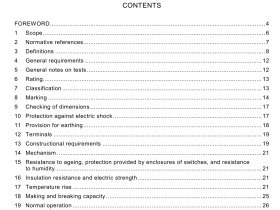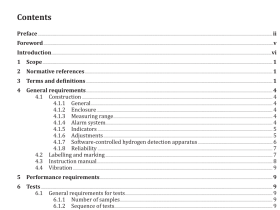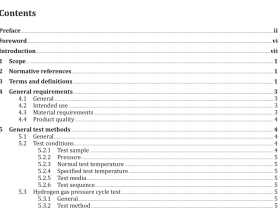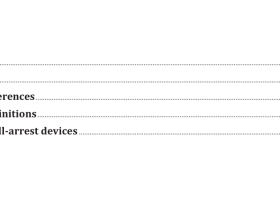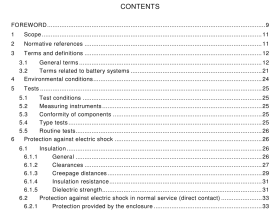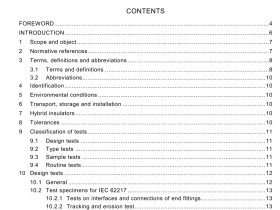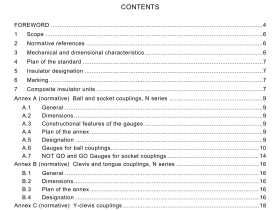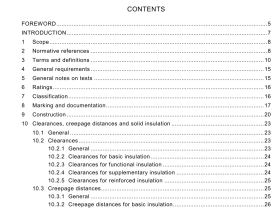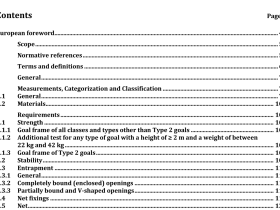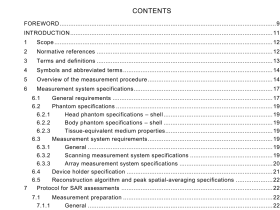AS 4399 pdf download
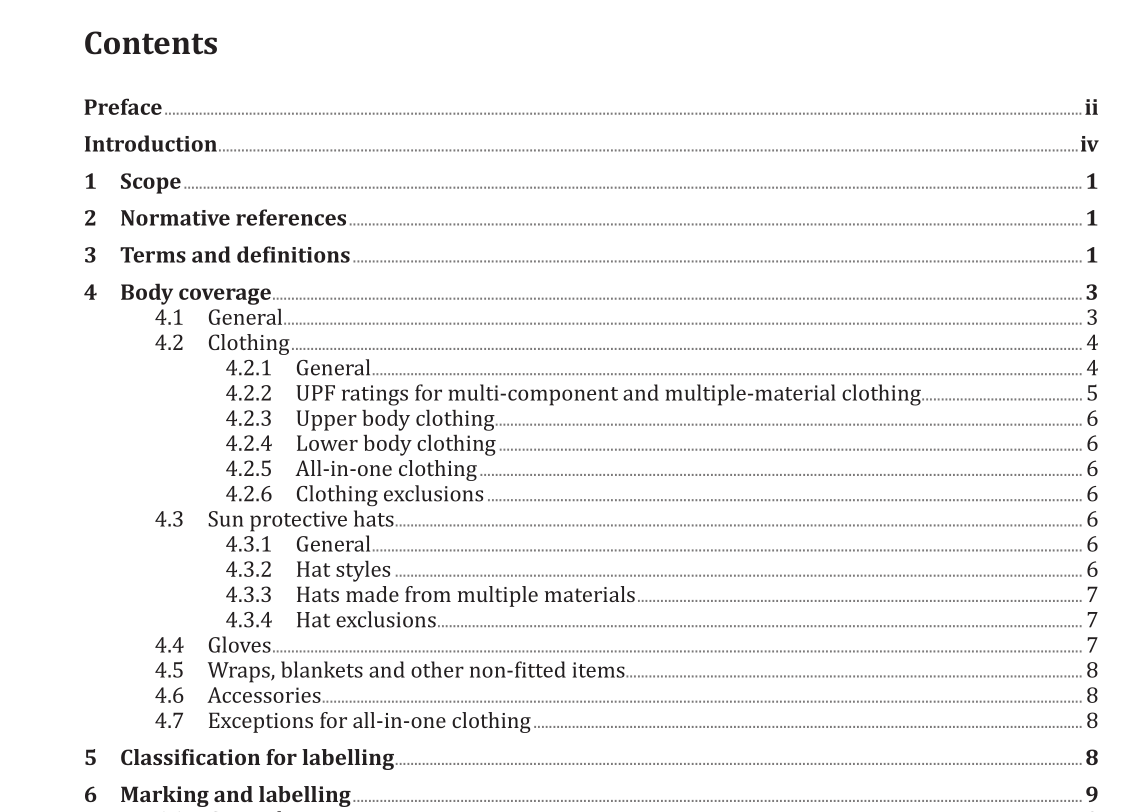
AS 4399 pdf download,Sun protective clothing — Evaluation and classifcation
1 Scope
This Standard sets out procedures for determining the performance of materials and items of clothing that are worn in close proximity to the skin to provide protection against solar ultraviolet radiation (UVR). The sun protective capability of materials and clothing is described in terms of their ultraviolet protection factor (UPF), which is based on an objective, reproducible test conducted on the material. This information is provided to the consumer in the form of a labelling scheme. This Standard applies to all materials and items of clothing seeking to claim a UPF rating. All such clothing needs to be designed in a manner that supports the concept of minimal skin exposure. This Standard specifies the minimum amount of body coverage by an item of clothing in order to be allowed to make a UPF claim. This Standard excludes the following: (a) Sunglasses. (b) Sunscreen products for topical application to human skin. (c) Materials for architectural or horticultural use such as shade cloth. (d) Items which offer protection at a distance from the skin such as shade structures. (e) Protection from UVR from sources other than the sun. In this Standard, any reference made to UVR refers exclusively to solar UVR. NOTE 1 For sunscreen requirements, refer to AS/NZS 2604. NOTE 2 For sunglasses requirements, refer to AS/NZS 1067.1 and AS 1067.2. NOTE 3 For shade fabric requirements, refer to AS 4174. NOTE 4 Products such as umbrellas and shade structures which are not in close proximity to the skin will provide a lesser degree of protection than would be indicated by the rating of the material from which the product is made because of the amount of scattered radiation that could enter from around the edges of the product. The amount of this radiation will vary with the area of the product and the distance of the product from the body. This Standard is therefore not appropriate for evaluating such items (refer to AS 4174).
3 Terms and definitions
For the purpose of this document, the following terms and definitions apply. 3.1 elbow joint situated between the upper arm (humerus) and the forearm (primarily connected to the ulna) Note 1 to entry: See Figure 1. 3.2 erythema start of a sunburn for people with the most sun-sensitive skin type 3.3 hip line line formed by measuring the hips at the fullest part, i.e. where the girth of the body is greatest between the abdomen and the crotch Note 1 to entry: See Figure 1. 3.4 knee corresponds with a horizontal line drawn through the uppermost point of the knee cap (patella) just below where it meets the femur Note 1 to entry: See Figure 1. 3.5 lower body incorporates the buttocks and legs, from the hip line to halfway between the crotch and the knee Note 1 to entry: See Figure 1. 3.6 may indicates the existence of an option 3.7 meagre deficient in quantity Note 1 to entry: For the purpose of this Standard, meagre is used to describe clothing which only covers a small percentage of the total body surface area, e.g. bikini swimwear. 3.8 neck point point at the base of the neck where a collar would sit on a business shirt Note 1 to entry: See Figure 1. 3.9 shall indicates that a statement is mandatory 3.10 should indicates a recommendation 3.11 shoulder point outermost extent of the shoulder joint and generally aligned with the seam joining a “set-in” sleeve to the body of clothing Note 1 to entry: It can be defined anatomically as the outermost extent of the acromio-clavicular joint (commonly known as the A-C joint), which is derived from the junction of the collar bone (clavicle) and the shoulder blade (scapula). The exact point of measurement (see Figure 1) coincides with the hollow between the shoulder (acromion) and above the long bone of the upper arm (the humerus). 3.12 sun protective clothing item of clothing that is designed or made to be used in a way that reduces or minimizes skin exposure and is manufactured from material which meets the requirements for the minimum UPF rating in accordance with this Standard
